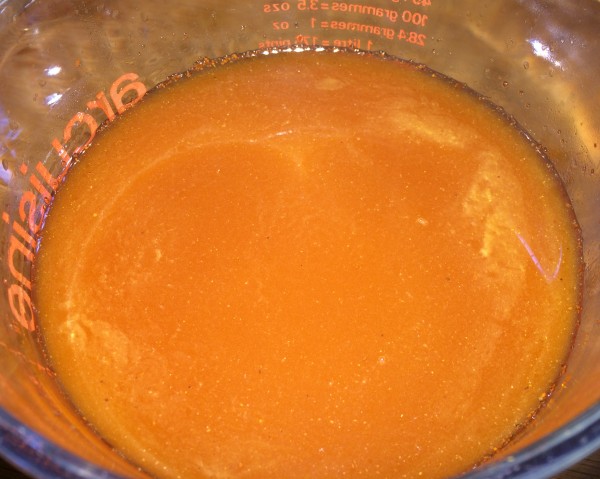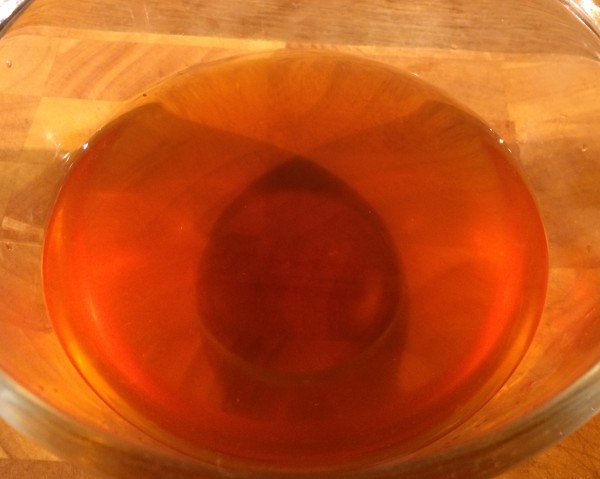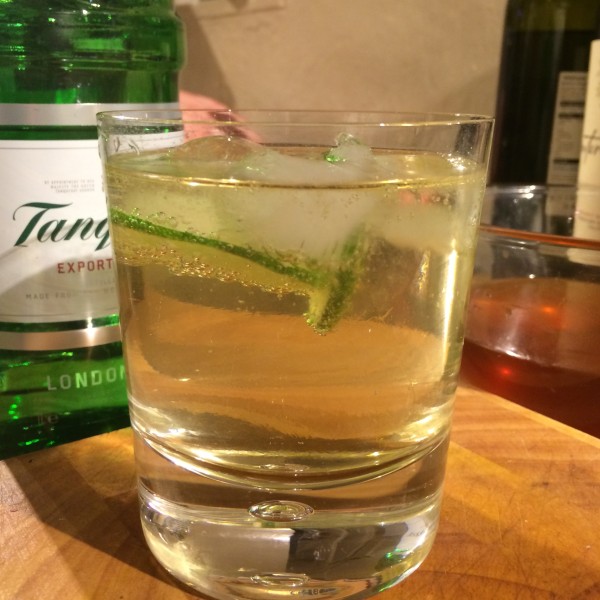A well-made Gin and Tonic has to be one of my all-time favourite drinks. Gin is surging in popularity at the moment and there are very many varieties on the market, each with their own qualities. Different varieties of good quality tonic water are rather harder to get, however. Fever Tree is probably the most commonly available decent brand here in the UK, but there’s little else that’s readily obtainable beyond the run-of-the-mill Schweppes and supermarket own brands (although Waitrose’s own-brand tonic deserves an honourable mention here). So, when somebody I know recently dropped into conversation the line “I was talking to this chap, apparently he makes his own tonic water”, my interest was piqued.
To be honest, it had never occurred to me that it would be feasible to make tonic water at home. I knew that it contained quinine, and that that came from the bark of the cinchona tree, but beyond that, I had no idea what was involved. So, with a little help from Google, I scouted around the Internet. It seems there are indeed people out there who make their own tonic water, but it feels like it’s something of a fringe activity – there’s not a lot of people talking about it. I read enough though, to convince myself that it was feasible, and that it was worth having a go at.
I found a recipe that I liked the sound of – it called itself Homemade Tonic Water for the Ultimate Gin and Tonic, and it sounded pretty good. So, I set forth.
The vital ingredient is, of course, cinchona bark. Cinchona, it turns out is not that easy to get hold of. There are very few places selling it here, but I eventually did find some available from a German company on Amazon. Citric acid is also an essential ingredient, and that isn’t as straightforward to get as it used to be. Back in the old days, you used to be able to get a tub of it from the local chemist. These days, if you try, they grill you as to what you want it for, and then once they’re convinced you’re not involved in hard drugs, they will begrudgingly sell you a pitifully small sachet. Luckily, on-line sellers are less picky, and once again, Amazon quickly hooked me up with a company prepared to sell a large bag.
So, armed with these two vital ingredients, I began.
- 3½ cups water
- ¼ cup powdered cinchona bark
- ¼ cup citric acid
- 3 limes, zest only
- 3 lemons, zest only
- 2 oranges, zest only
- 3 stalks lemongrass, chopped
- 4 whole allspice berries
- 3 whole cardamom pods
- ¼ teaspoon Maldon sea salt
The original recipe also called for a tablespoon of lavender. I detest lavender, no way was that going to make its way into my gin and tonic. I missed that one out.
The process is simple. The cinchona bark usually comes as small pieces, so a coffee grinder quickly turns that into a powder. All the ingredients are then mixed in a jar, shake well to mix everything up, and then wait. Leave the jar on the side in the kitchen and every time you wander past, give it a quick shake. After three days, your tonic is almost ready.
Now, at this point, it will look like a jar of very unappetising brown sludge. Don’t worry about that. Sadly, I forgot to photograph it at this stage, but then perhaps that’s for the best. It’s not at its most attractive.
Next, strain the mixture through fine muslin or cheesecloth. You should end up with a bowl of murky brown liquid. It’s still not looking too good, is it?

Now we need to remove the finer particles of bark that are suspended in the liquid giving it that murky appearance. To do this, pour the liquid through a coffee filter – it will take a while to drip through, and you might want to do this in a couple of smaller batches and change the filter as it gets clogged. Once you’ve finished this filtering stage, you should end up with a beautifully clear amber liquid.

Note: I tried to accelerate this second filtering stage by pushing it through my Aeropress. This was a bad idea – the pressure forced the fine particles through the filter, and whilst the resulting liquid was clearer than at the start, it was still pretty cloudy. I quickly aborted that plan and let it drip through naturally.
Next, we need to make a sugar syrup. Take two cups of caster sugar and one cup of water. Mix them in a pan, heating gently and stirring until the sugar is completely dissolved. Leave until completely cooled.
Finally mix the tonic with the sugar syrup, and place in a bottle. You’re done. Well, no, wait. You don’t want to drink that tonic as it is – it will be horribly bitter. Here’s what you need to do.
To use the tonic, you must dilute it with sparkling water. So, for a gin and tonic, you would first pour your gin into a glass, add a little of the tonic, and then top up with sparkling water. Add ice and slices of lime to complete. The amount of tonic to use is really a matter of personal taste. It will depend on how large a drink you are pouring, and what ratio of gin to tonic you usually like. I’d expect you’ll generally need between one and two tablespoons of the tonic, but you should experiment to see what suits your particular tastes.

This tonic water has a slight golden tint once it is diluted, and looks rather different to the usual colourless commercial varieties. And it tastes excellent. I was very pleased with the results – this made one of the best gin and tonics I have ever tried.
I will definitely be making more of this, and now I’ve experienced it, I will likely tinker with the recipe a little. I can certainly see myself using more citrus in it. Ginger might be a nice addition too. I will continue to experiment.
That looks like one delicious G&T! 🙂 Glad you liked the recipe…
I did indeed – thank you very much for sharing it 🙂
Sounds great we shall definitely give it a try. How much did you get and how long does it last?
It’s been a while since you posted this – a good recipe by the way. Any thoughts on tweaking it?